A ‘Hippocratic Oath‘ for architects, urban designers, town planners, developers, politicians, and anyone involved in the creation of our built environments.
The Vitruvian Oath
I swear by the Great Architect, my Creator or creators of the spirit and/or of the flesh.
I swear by our shared Humanity.
I swear by our most vibrant and livable Cities, Neighborhoods, and Buildings.
I swear by my Brothers and Sisters in the world, wherever they live, whenever they lived or will live, making them my witnesses of the past, the present, and the future.
I swear I will perform, according to my given talent, merited ability, and best judgment this solemn oath and duty to and for our built environments, from the most humble abode to the most magnificent metropolis.
 I will use my skill to enhance our built environments, according to my talent, my ability, and my judgment, always with a view of the people, by the people, and for the people.
I will use my skill to enhance our built environments, according to my talent, my ability, and my judgment, always with a view of the people, by the people, and for the people.
I will keep pure and sacred life, body, and art in performing this duty.
In whatever lands I will enter, I will do so to help my fellow citizens, and I will abstain from intentional wrongdoing and harm to the form and function of our built environments, especially the abusing of my position for personal gain and vainglory.
And whatsoever I shall see or hear in the course of my profession in my intercourse with colleagues and clients, if it should not be publicized, I will never divulge, holding such things as sacred secrets, except for transparency in those things that advance human sciences and knowledge.
Now I shall carry out this oath and perform this duty and break it not, for myself and my fellow Man, may I gain forever a worthy reputation among humanity for my life, my body, and my art; but if I transgress against this oath and forswear myself, may the opposite destroy me.
Moreso is a new series of short ruminations or thoughts of the moment, usually of less than 500 words, from The Outlaw Urbanist.

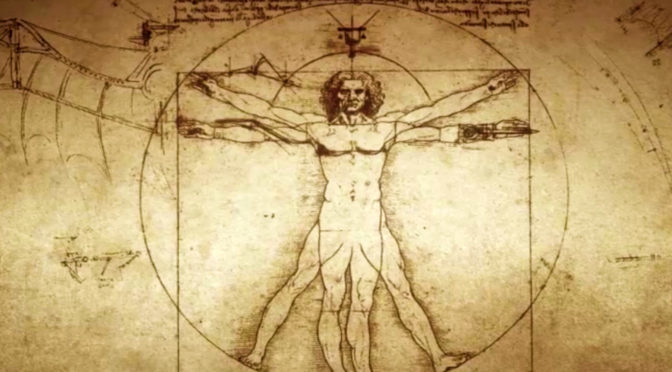
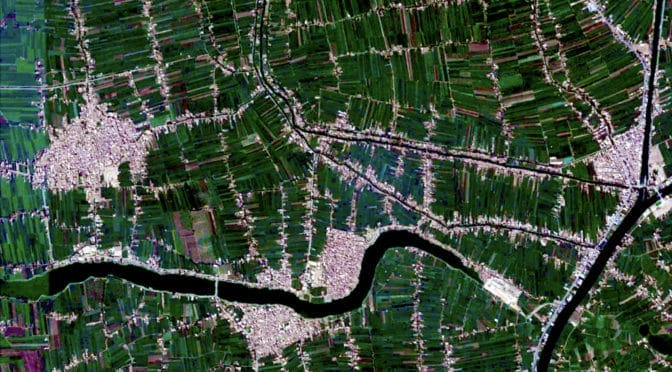
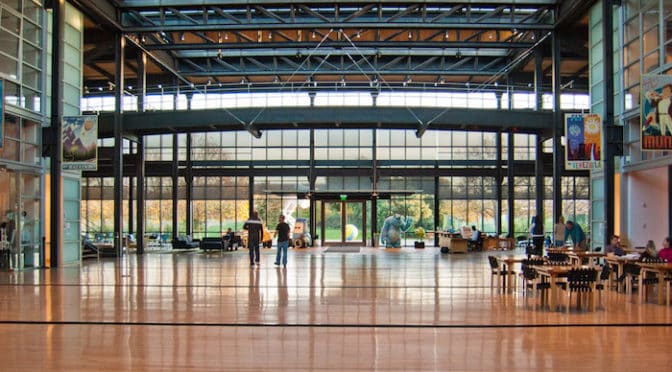
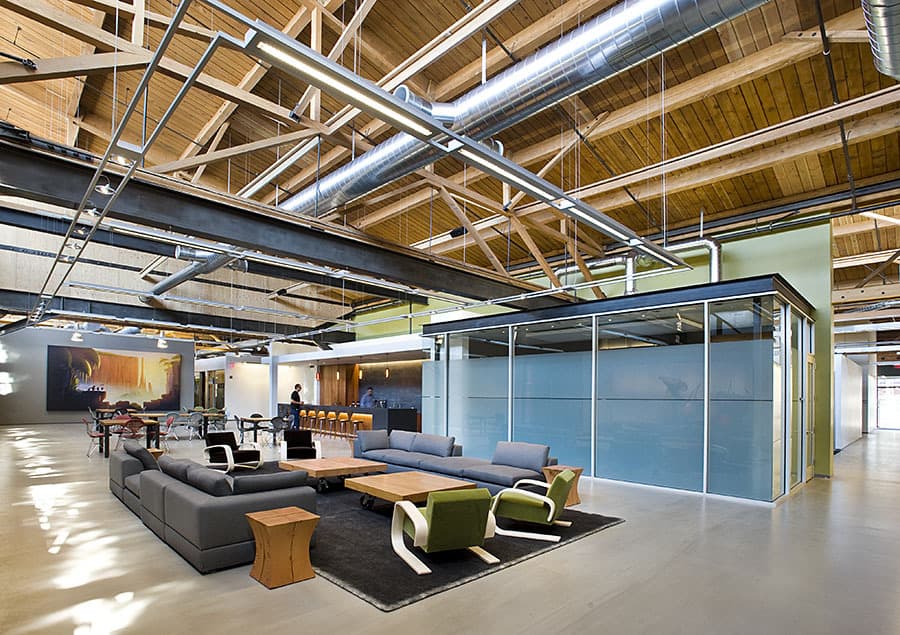
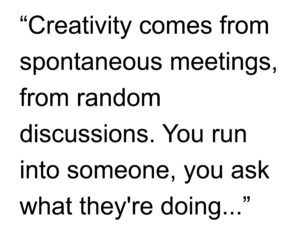 “Steve had the firm belief that the right kind of building can do great things for a culture,” said Pixar’s president Ed Catmull… (John) Lasseter had originally wanted a traditional Hollywood studio, with separate buildings for various projects and bungalows for development teams. But the Disney folks said they didn’t like their new campus because the teams felt isolated, and Jobs agreed. In fact he decided they should go to the other extreme: one huge building around a central atrium designed to encourage random encounters. Despite being a denizen of the digital world, or maybe because he knew all too well its isolating potential, Jobs was a strong believer in face-to-face meetings.
“Steve had the firm belief that the right kind of building can do great things for a culture,” said Pixar’s president Ed Catmull… (John) Lasseter had originally wanted a traditional Hollywood studio, with separate buildings for various projects and bungalows for development teams. But the Disney folks said they didn’t like their new campus because the teams felt isolated, and Jobs agreed. In fact he decided they should go to the other extreme: one huge building around a central atrium designed to encourage random encounters. Despite being a denizen of the digital world, or maybe because he knew all too well its isolating potential, Jobs was a strong believer in face-to-face meetings. “There’s a temptation in our networked age to think that ideas can be developed by email and iChat,” he said. “That’s crazy. Creativity comes from spontaneous meetings, from random discussions. You run into someone, you ask what they’re doing, you say ‘Wow.” and soon you’re cooking up all sorts of ideas.” So he had the Pixar building designed to promote encounters and unplanned collaborations. “If a building doesn’t encourage that, you’ll lose a lot of innovation and the magic that’s sparked by serendipity,” he said. “So we designed the building to make people get out of their offices and mingle in the central atrium with people they might not otherwise see…” “Steve’s theory worked from day one,” Lasseter recalled. “I kept running into people I hadn’t seen in months. I’ve never seen a building that promoted collaboration and creativity as well as this one.”
“There’s a temptation in our networked age to think that ideas can be developed by email and iChat,” he said. “That’s crazy. Creativity comes from spontaneous meetings, from random discussions. You run into someone, you ask what they’re doing, you say ‘Wow.” and soon you’re cooking up all sorts of ideas.” So he had the Pixar building designed to promote encounters and unplanned collaborations. “If a building doesn’t encourage that, you’ll lose a lot of innovation and the magic that’s sparked by serendipity,” he said. “So we designed the building to make people get out of their offices and mingle in the central atrium with people they might not otherwise see…” “Steve’s theory worked from day one,” Lasseter recalled. “I kept running into people I hadn’t seen in months. I’ve never seen a building that promoted collaboration and creativity as well as this one.”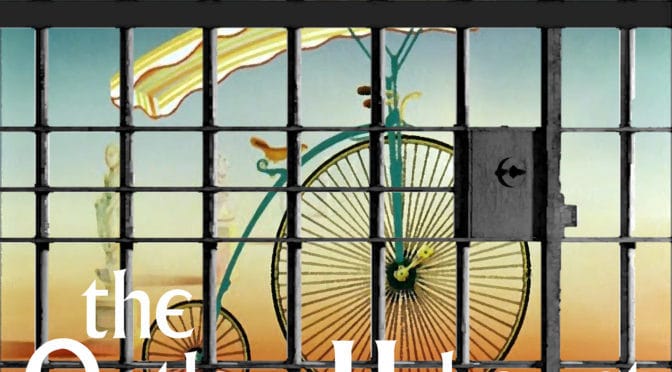
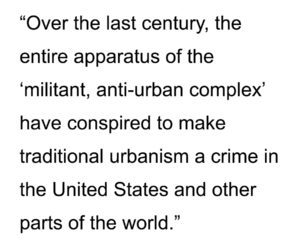 Federal, State and local planning and development policies, laws and regulations – aided and abetted by the self-serving dogma of professional organizations such as the American Association of State Highway and Transportation Officials and the American Planning Association and advocacy groups promoting a radical environmentalism – have conspired to make us outlaws. However, we refuse to serve time in their prison of suburbs now littering the landscape. Our doctrine is suburban disobedience.
Federal, State and local planning and development policies, laws and regulations – aided and abetted by the self-serving dogma of professional organizations such as the American Association of State Highway and Transportation Officials and the American Planning Association and advocacy groups promoting a radical environmentalism – have conspired to make us outlaws. However, we refuse to serve time in their prison of suburbs now littering the landscape. Our doctrine is suburban disobedience.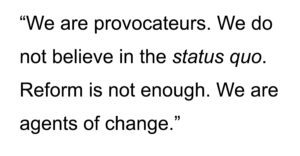 Because we are all guilty, we are also all responsible for sweeping away the mess.
Because we are all guilty, we are also all responsible for sweeping away the mess.